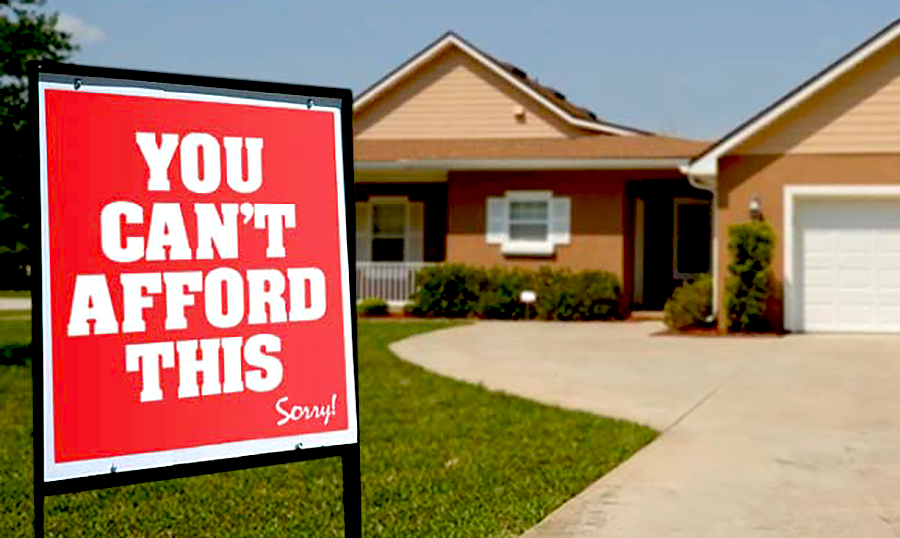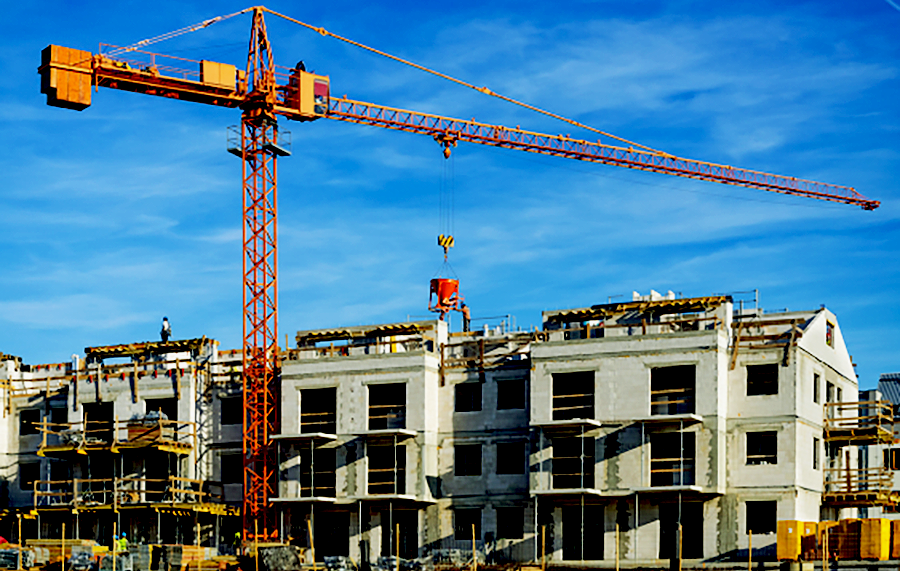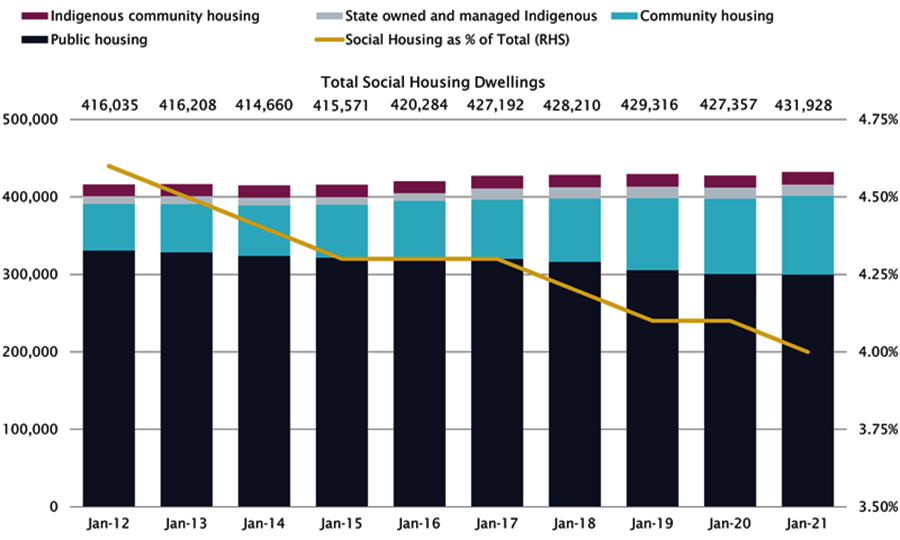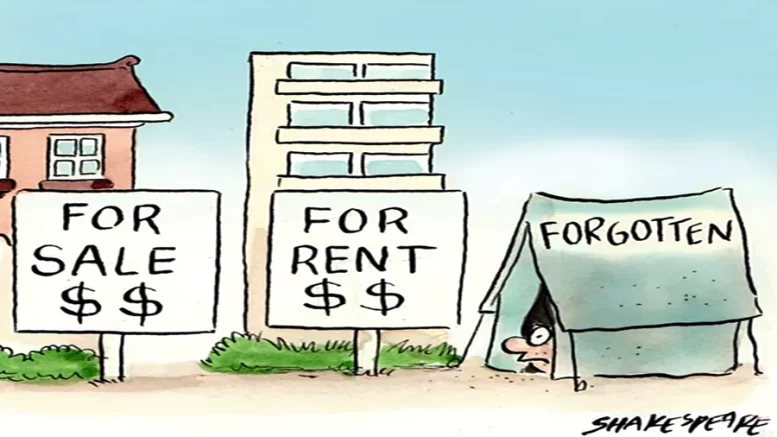Contributed by Joe Montero
Saying that Australia is very worried about the resent housing crisis is stating the obvious. Housing has become a major political issue around Australia. So it should be. After all, the right to appropriate housing is included in the 1948 Universal Declaration of Human Rights and in article 11.1 of the 1966 International Covenant on Economic, Social and Cultural Rights. Australia is a signatory to these conventions, and housing is one area where the political system is failing to live up to them.

Photo by Dan Jensen
At fault is a political leadership that insists that certain rights must be provided through the market. Economic theory has been pushed and shoved to pretend that this is the prime regulator the economic and social relationships of society.
When it comes to housing, this had morphed into defining the government’s role to be the enabler of the private housing market. When there are not enough homes at a price where most can afford one, the remedy applied is to use measures to encourage a growth in supply. It hasn’t worked.
Instead of making homes more affordable, this approach has helped to make them less affordable by turning homes into futures commodities. Homes are brought up by investors to sell at the future at a higher price.
This speculative aspect of housing lies behind the housing bubble of recent decades, and the bubble continues to be maintained through government aid. A key component of this has been negative gearing. This is a subsidy to property owners for potential rental income not gained. It hasn’t led to more properties available for potential tenants, by providing an incentive to effectively withdraw from the rental market. Negative Gearing pays owners to not rent out their properties.
Another gift having a similar effect is Capital Gains tax. With this, investors are allowed major tax write offs when selling properties. Take Negative Gearing and Capital Gains Tax together, and investors gain up to a 50 percent cut in the tax they pay.
This has been especially marked with the rise of corporate property owners. Excluding the 100 biggest investors, the average income is on an annual income of $103,000. This rules a lot of people out of the market. The number comes out of Australian Bureau of Statistics (ABS) reports.
But who are the top 100 investors? The ABS don’t tell us. An overall lack of transparency makes it hard to know who this is. There are bits and pieces of information that suggests Singapore based entities have for some time been a significant part of the story.
According to investment advisors ISP, Singapore became the biggest source of foreign investment into Australian residential property, accounting for 17 percent of the total. According to a report by Juawai IQI, Singaporean investors had acquired $19.3 billion worth, over that and previous years. Their hold on the market remains. This is made more important because this is not about owner occupiers. It’s about large-scale corporate investment by a few companies.
Last year (2023) investment from Japan surged to $2. This adds to the $1.6 billion in North American hands, and $1 billion. Another factor in Chinese investment. The main difference is that this is mum and dads type investment, and often tied to new migrants arriving in Australia. It remains that it’s the corporate investment that’s most important. Domestic corporate investment adds to its foreign version, and the banks are other major profiteers of the affordable housing crisis.
Collectively, there is more than enough of this type of investment to distort the Australian housing market to the advantage of these investors and to the disadvantage of Australians looking for a home. Especially when interest rates remain at a comparatively low level for cashed up big investors. The have benefited the most from the generous Negative Gearing and Capital Gains tax giveaways. The Australian government has helped the rise of corporate ownership of housing and continues to do so.

Photo from Getty: Corporate players are distorting the housing market
The small bright spark is that the Albanese government has just introduced a bill (Foreign Acquisitions and Takeovers Fees Imposition Amendment Bill 2024) to impose higher fees for the purchase of established homes and increased penalties for those that leave properties vacant. On the other hand, it will cut application fees for foreign investment in building larger new housing projects, and open to them access to a large part of the federal governments $15 billion worth of new give aways.
The rational is the claim that these investors are needed ensure new housing supply. We’re back to the supply argument. The latest reality is that effective demand for housing in Australia is falling. Adding more supply won’t change this.
Doing enough to make existing housing more affordable is the answer. One way to start is to do away with Negative Gearing and Capital Gains Tax. This will at least make more properties readily available, ease the price pushing speculation, and transfer through lower process and rents. For this reason, the Green’s push to eliminate Negative Gearing is positive and deserves support.
It still won’t be enough though. There remains the matter of sufficient public investment in genuine affordable housing. Those who believe that we have this now need to have a look at the detail. We don’t have it yet.

Source: Productivity Commission, Report on Government Services 2022, Housing and Homelessness, (Canberra: Productivity Commission, 2022)


Be the first to comment on "Far too little is still being paid to ensuring genuine action on the housing affordability crisis"